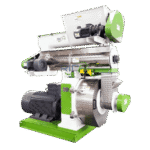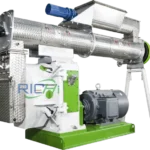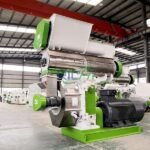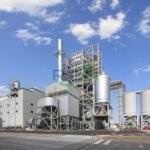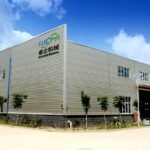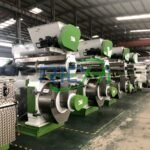Based on the search results provided, here are the key initial steps to start a large-scale organic fertilizer pellet production line project:
- Perform market analysis to assess demand for organic fertilizers in your target regions
- Evaluate availability and costs of raw material sources (animal manures, crop residues, organic wastes etc.)
- Analyze potential production sites considering proximity to raw materials, transportation, utilities etc.
- Develop detailed financial projections for capital and operational costs, revenue forecasts
- Outline project objectives, strategies and operational details
- Describe proposed production processes, equipment requirements, quality control measures
- Include marketing, distribution and regulatory compliance plans
- Incorporate strategies for minimizing environmental impact and ensuring sustainability
- Use the business plan to secure financing from investors, lenders or government agencies
- Identify and obtain all required permits like environmental assessments, air/water discharge permits, zoning approvals
- Ensure compliance with organic production certification standards
- Engage with regulatory authorities early in the process
- Secure reliable sources for raw material supply (farms, agricultural cooperatives, waste facilities etc.)
- Develop partnerships to ensure consistent inflow of raw materials
- Establish relationships with distributors, retailers and end-users for product distribution
- Select optimal production site based on feasibility analysis
- Develop detailed layout plans for production building, storage areas, auxiliary facilities
- Engage architects and engineers for design adhering to codes and best practices
By following these initial steps methodically, entrepreneurs can lay a strong foundation for their large-scale organic fertilizer production venture, positioning it for operational efficiency, regulatory compliance and long-term profitability.
What are the best practices for sourcing materials for large-scale organic fertilizer production?
Based on the search results provided, here are some best practices for sourcing materials for large-scale organic fertilizer production line:
- Identify large suppliers that can provide high volumes of organic waste materials continuously, such as large animal farms, meat processing plants, agricultural cooperatives, etc.
- Prioritize locating the production facility near abundant sources of raw materials to minimize transportation costs and ensure timely supply.
- Don’t rely on a single source or type of raw material. Diversify by utilizing multiple organic waste streams like animal manures, crop residues, food wastes, municipal organic wastes, etc.
- This ensures a consistent inflow of materials and reduces supply chain risks if one source faces disruptions.
- Conduct a thorough assessment of locally available organic waste materials in your region.
- Prioritize low-cost or free raw materials like farm/crop residues, manures, municipal green wastes to minimize input costs.
- Tailor your production processes and fertilizer formulations based on the most abundantly available local materials.
- Develop long-term contractual agreements or partnerships with raw material suppliers like farms, food processors, waste management facilities, etc.
- This ensures guaranteed supply volumes at pre-determined prices over extended periods.
- Implement efficient systems for collecting, handling and transporting bulk organic waste materials from suppliers to the production facility.
- Explore options like deploying your own fleet of vehicles or collaborating with third-party logistics providers.
- Implement strict quality checks and material specifications to ensure the raw materials meet required standards for producing high-quality organic fertilizers.
- Reject contaminated or substandard materials that can affect production processes or final product quality.
By following these best practices, large-scale organic fertilizer manufacturers can build a robust, cost-effective and sustainable supply chain for their raw material requirements. This enables consistent production volumes while maintaining high product quality standards.
Related post: https://www.richipelletmachine.com/bio-fertilizer-plant-project-cost/
